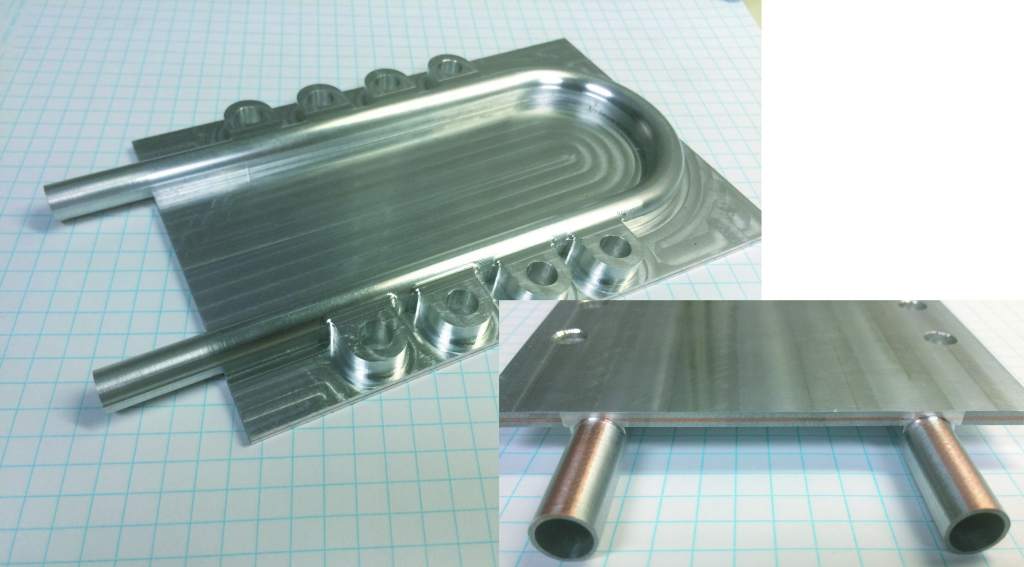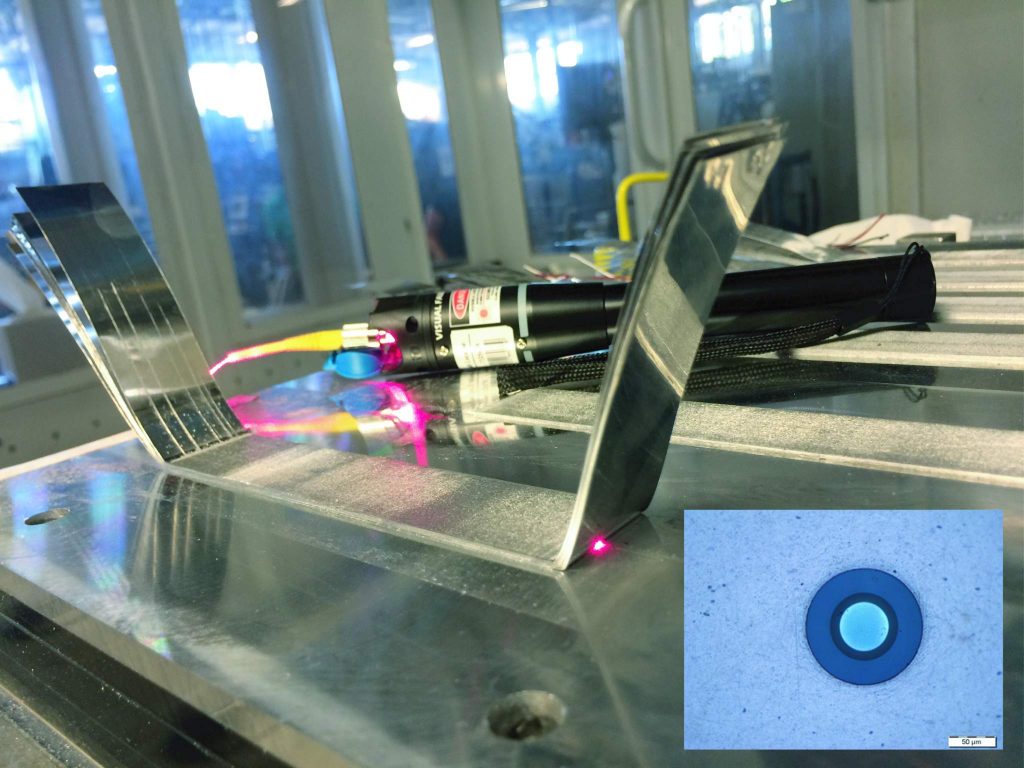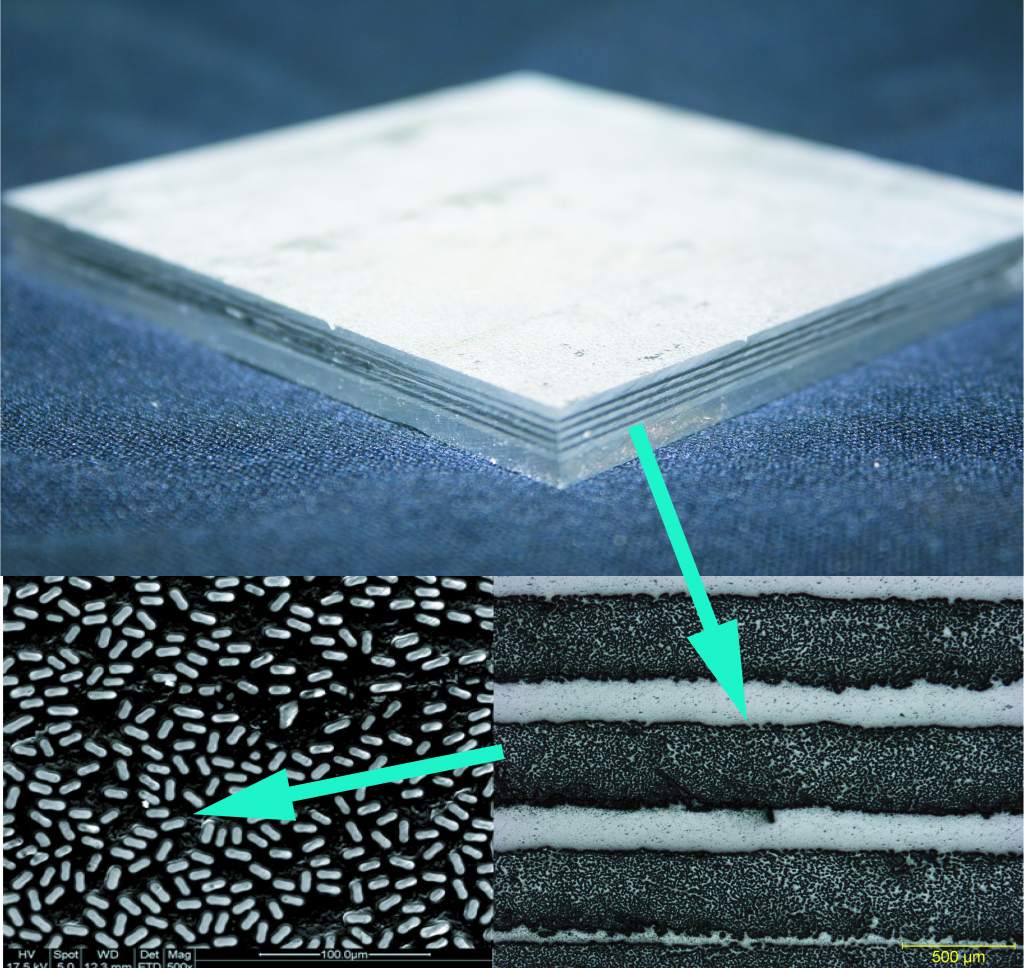This is a guest post in our series looking at the future of 3D Printing. To celebrate 5 years of reporting on the 3D printing industry, we’ve invited industry leaders and 3D printing experts to give us their perspective on the next 5 years of 3D printing.
Mark Norfolk is the president of Fabrisonic, an innovative manufacturing technology company that provides 3D metal printing services in a wide range of metals through their low‐temperature Ultrasonic Additive Manufacturing (UAM) technology.
3D Printing Drives Multi-Functional Parts in Advanced Manufacturing
Industrial use of metal 3D printing is exploding in 2017 as many of the largest manufacturers race to setup Additive Manufacturing (AM) production facilities. Looking at the economics driving these production centers, the two factors most often cited are part reduction and design freedom. AM allows for generous cost savings when companies can reduce 15-20 existing part numbers and print them as a single component. With just one part, the manufacturer can eliminate inventory, additional inspections, and assemblies that would have been needed for the 19 other parts.

Secondly, design freedom has become another often-cited driver for the rapid acceptance metal 3D printing by industry. Designers now have a tool to build the ‘impossible’ part that standard manufacturing could never achieve. In this way, metal AM can spawn innovation in both part function and reliability. Fast-forward another five years, and we foresee even more drivers that will foster continued growth in 2022 and beyond. At Fabrisonic, we believe that part count reduction and design freedom will evolve into multi-function, multi-system parts integrated into a single print cycle.
The singular capabilities of AM empower manufacturers with the ability to change the way they approach designing and developing components. Parts no longer need to serve only a single function. For instance, there are many examples in literature where the design freedom of 3D additive metal printing was leveraged to make a structural component with embedded channels for thermal management. Design efficiency has been improved by combining two separate engineering functions into a single part. Over time, we anticipate customers building several sub-systems together in one printing job.
3D printed parts with embedded electronics
Today, Fabrisonic’s customers are doing research and development to metal 3D print parts that provide two, three or even four separate engineering functions. The solid-state nature of Ultrasonic Additive Manufacturing (UAM) allows 3D printed parts to include features such as embedded electronics, integrated health monitoring and high-strength composite structure.

Embedded Electronics – The solid-state nature of UAM allows for of all manner of wires, fibers, and sensors into a metallic substrate. Since the metals do not have to be heated for bonding, many electronics can be embedded without damage. This enables sensors, communication circuits, and actuators to be embedded into fully dense metallic structures. As wiring looms are currently produced with multiple branches and varied connectors, a similar electronic pathway can be printed in a solid metal structural beam with integrated connectors, thus protecting the sensitive electronics from the environment it is there to monitor.
Integrated Health Monitoring – Small-scale sensors such as fiber optic bragg gratings can be printed integrally to a structure to provide real time health data. These small sensors (<100 microns) can provide actual time load and temperature data at critical locations in highly engineered components. Fabrisonic is currently printing a series of parts for NASA Langley to aid lifetime prediction from data collected during flight.
High-Strength Composite Structure – The lightweight, high-strength nature of modern day composite materials allows for the design and creation of many amazing structures. In a typical composite, high strength fibers are embedded in a matrix of resin or thermoplastic. Imagine the potential of a matrix of metal such as high strength aluminum. UAM allows 3D printing metal matrix composites (MMC) at any location in a print volume.

The future of 3D printing
In five years’ time, Metal 3D printing will allow manufacturers to print a single part that performs multiple functions including structural, thermal, electrical and real time health feedback. By combining many functions into a single print job, engineers will be able to develop smaller and more efficient structures. Additionally, integrated capability should drive enhanced reliability by eliminating the interfaces between sub-systems.
This is a guest post in our series looking at the future of 3D Printing, if you’d like to participate in this series then contact us for more information. For more insights into the 3D printing industry, sign up to our free newsletter and follow our active social media channels.
More information about Fabrisonic is available here.
Don’t forget that you can vote now in the 1st annual 3D Printing Industry Awards.
Click here to read other articles in our thought leadership series, 3D Printing: The Next Five Years.
Featured image shows Fabrisonic’s Ultrasonic Additive Manufacturing. Photo by Michael Petch



